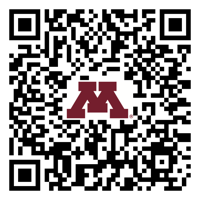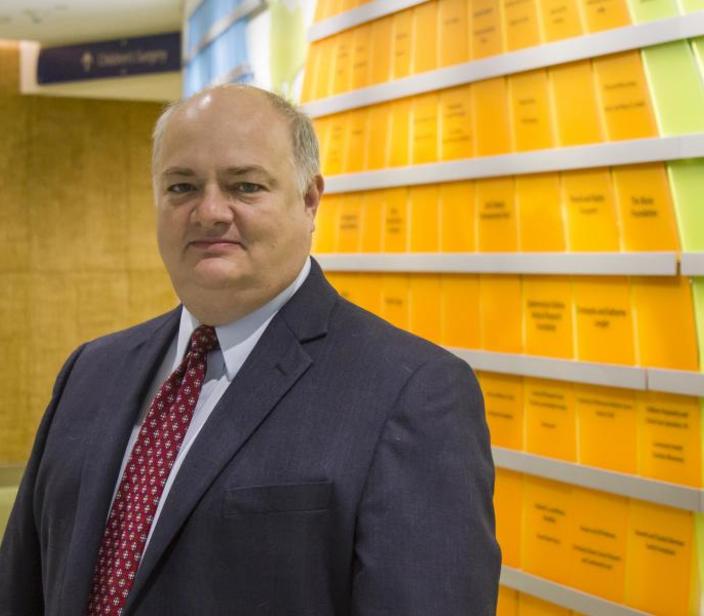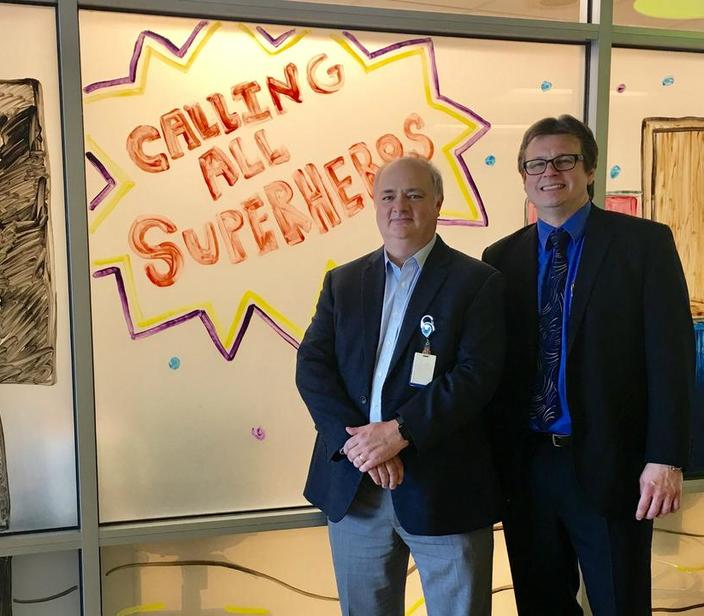ALD and Leukodystrophy Center
What Is Leukodystrophy?
The University of Minnesota was a pioneer in the development of therapy for leukodystrophies. The term “leukodystrophy” refers to disorders that affect the white matter of the brain. The 3 inherited leukodystrophies that are most commonly treated with blood stem cell transplantation are 1) adrenoleukodystrophy (ALD), 2) metachromatic leukodystrophy (MLD), and 3) globoid cell leukodystrophy (GLD, commonly referred to as Krabbe). Adrenoleukodystrophy is X-linked in inheritance, and therefore affects almost exclusively boys, while MLD and GLD are recessive in inheritance, and therefore these disorders affect boys and girls equally. The frequency of ALD is roughly 1 in 20,000 boys, while MLD is generally thought to be approximately 1 in 40,000 births, and GLD 1 in 1-200,000 births.
There are various forms of all these diseases, with ALD affecting the adrenal glands (adrenal insufficiency), the brain (cerebral ALD) and later in life the spinal cord (adrenomyeloneuropathy, or AMN). The onset of clinical MLD and GLD can be apparent in infancy, in childhood or not until adulthood. Overall, all these diseases are best identified early, as therapy is more effective. The Leukodystrophy Center at the University of Minnesota is dedicated to assisting in the diagnosis, assessment and treatment of these diseases, encompassing a multi-specialty approach. Please contact the University of Minnesota Leukodystrophy Center (leukodystrophy@lists.umn.edu).if we can assist you in any way.
Comprehensive Care, Novel Therapies, & Pioneering Research
Our multidisciplinary team of specialists has unsurpassed, world-class experience in the diagnosis, monitoring, and care of pediatric and adult patients with inherited leukodystrophies affecting the nervous system. Since performing one of the first successful bone marrow transplant (BMT) in 1968, the University quickly applied the transplant process to patients with leukodystrophy. We have performed transplants for more than 250 leukodystrophy patients and are one of the largest transplant centers in the world for leukodystrophies. Our comprehensive leukodystrophy center includes specialists from BMT, genetics, neurology, endocrinology, ophthalmology, neuropsychology, neuroradiology, pharmacology, physical therapy, and occupational therapy. This multidisciplinary-team and long-time experience in leukodystrophy ensures that the care we provide best meets the unique needs of each patient and family.
Contact Us
For more information or questions about the Leukodystrophy Center please contact leukodystrophy@lists.umn.edu

Support Our Research
We are grateful to our patients, their families, and the advocacy organizations that make our research possible. Together, we continue to make significant progress in the understanding and treatment of leukodystrophies.
Groh family is on a mission to “X out ALD"
Our Allies
X out ALD is a 501(c)(3) organization dedicated to increasing awareness of adrenoleukodystrophy and supporting research at the University of Minnesota Leukodystrophy Center. Please join us each year for the Outrun ALD Virtual 5K.
Knockout ALD organizes and hosts the Run for ALD, Cure the Boys 5K and a one-mile-walk event in Maryland Heights, Missouri, to raise money for our ALD Research Fund. All funds raised from Run for ALD will directly benefit the University of Minnesota's ALD Research Fund. Read Nicholas's story here.
The Calliope Joy Foundation supports our Leukodystrophy Center in many ways. TCJF has made it possible to produce two educational videos for ALD newborn screening and has donated research gifts to our Leukodystrophy Center. Additionally, TCJF has generously donated shirts, hats, and books to our patients.
Chloe’s Fight Rare Disease Foundation's mission is to raise funds for rare disease research and to raise awareness for the barriers to care in the rare disease community. Erica and Philip Barnes founded CFRDF in honor of their late daughter, Chloe Sophia Barnes, in order to envision “a world where every child with a rare genetic disease has access to a cure.” Erica Barnes is also an administrator for the Chloe Barnes Advisory Council on Rare Disease.


